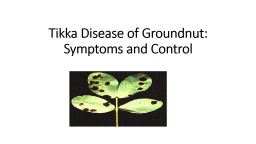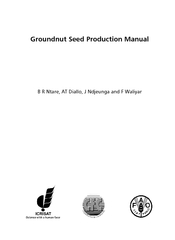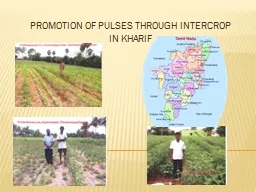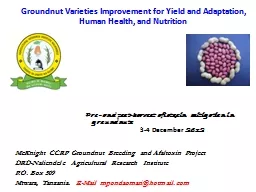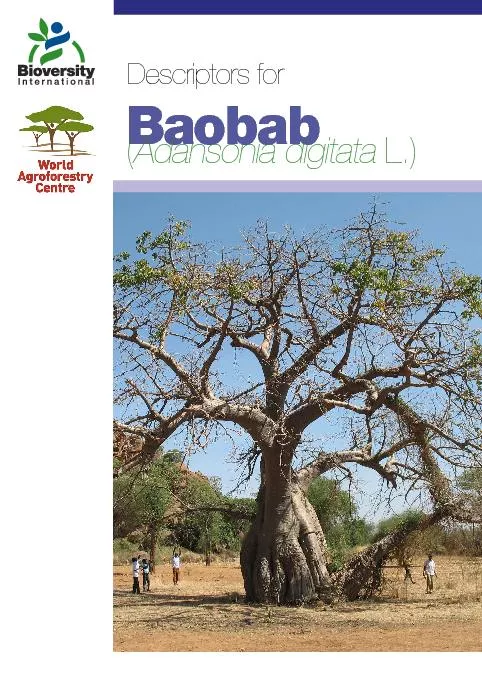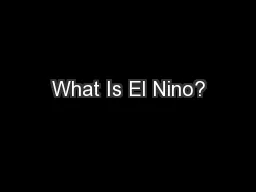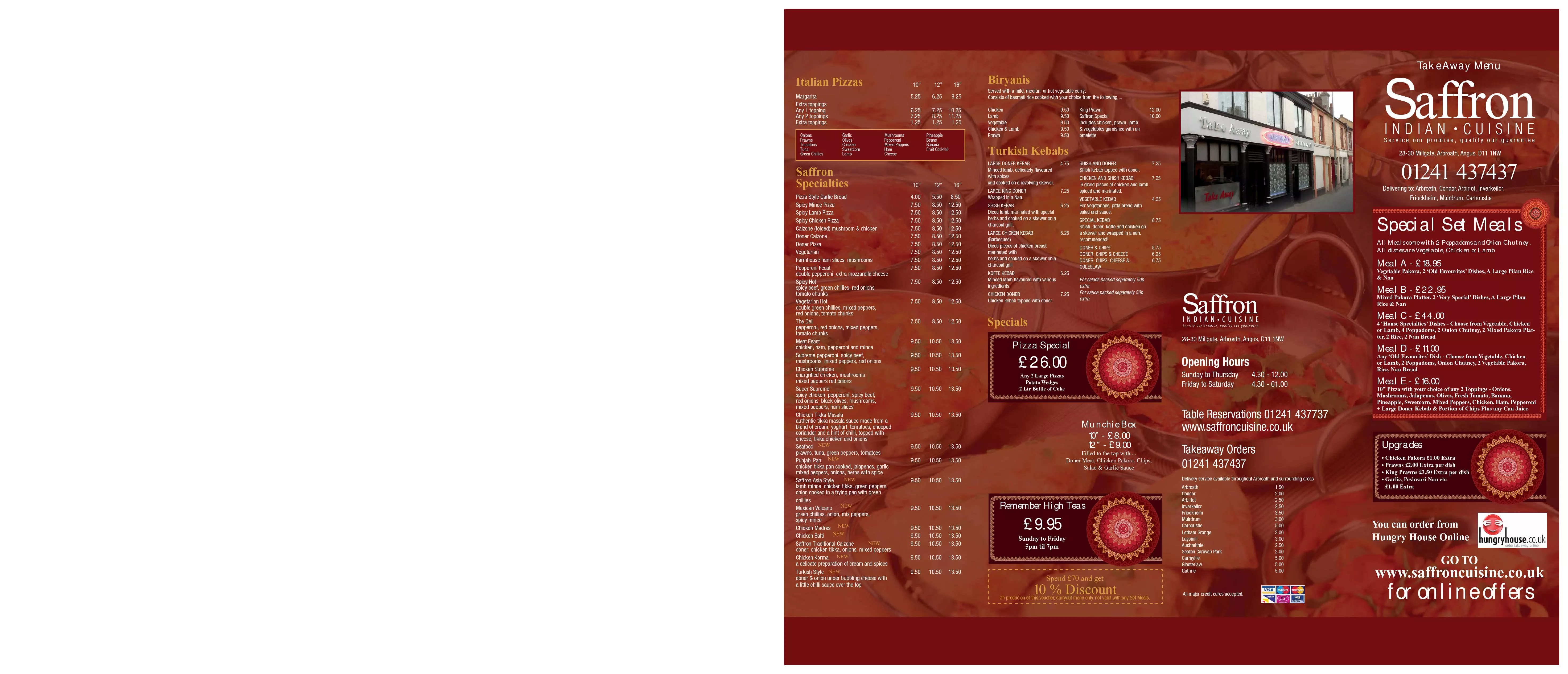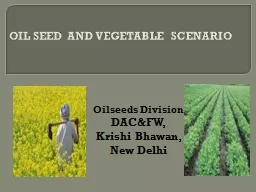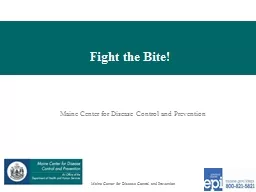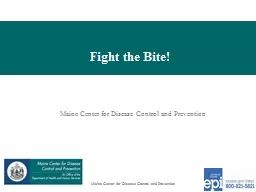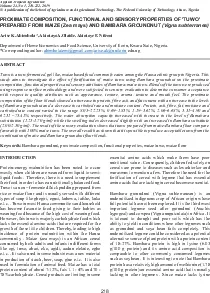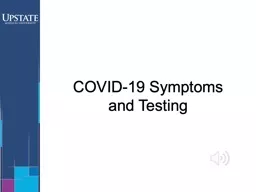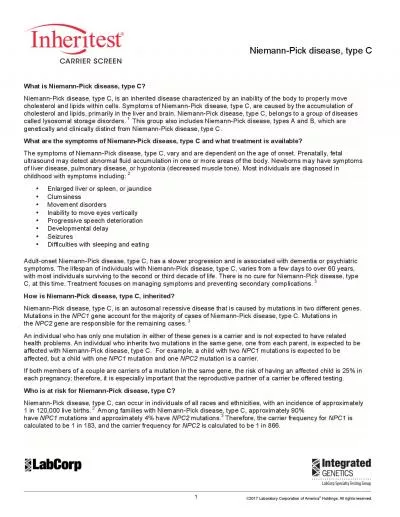PPT-Tikka Disease of Groundnut: Symptoms and Control
Author : madison | Published Date : 2024-02-09
Causal Organism Cercospora personata Berk amp Curt Elle and Eve now known as Cercosporidium personatum Berk amp Curt Deighton amp
Presentation Embed Code
Download Presentation
Download Presentation The PPT/PDF document "Tikka Disease of Groundnut: Symptoms and..." is the property of its rightful owner. Permission is granted to download and print the materials on this website for personal, non-commercial use only, and to display it on your personal computer provided you do not modify the materials and that you retain all copyright notices contained in the materials. By downloading content from our website, you accept the terms of this agreement.
Tikka Disease of Groundnut: Symptoms and Control: Transcript
Download Rules Of Document
"Tikka Disease of Groundnut: Symptoms and Control"The content belongs to its owner. You may download and print it for personal use, without modification, and keep all copyright notices. By downloading, you agree to these terms.
Related Documents

